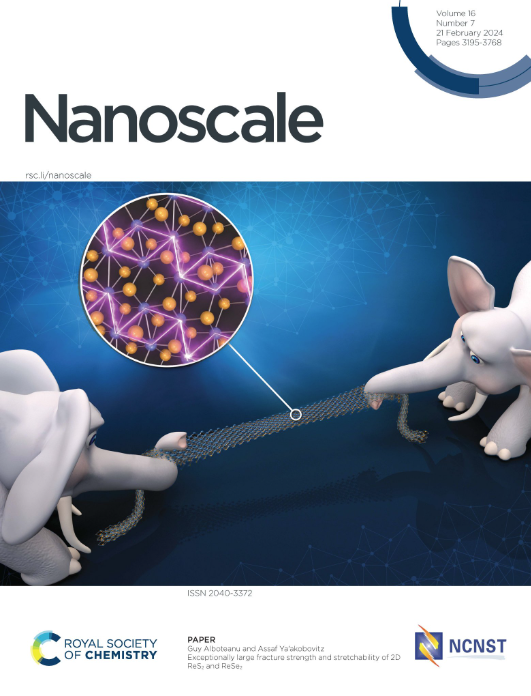In-intercalation and Si-containing protective layer enhance electrochemical performance of NaNi0.5Mn0.5O2 for sodium ion battery
IF 5.8
3区 材料科学
Q1 CHEMISTRY, MULTIDISCIPLINARY
引用次数: 0
Abstract
Aiming at enhancing the electrochemical performance of cathode material NaNi0.5Mn0.5O2 (NM) for sodium ion battery, a novel Indium-intercalated cathode material NaNi0.5-xMn0.5InxO2 enriched with oxygen vacancies was first synthesized via high-shear co-precipitation method, then, a thin Si-containing protective layer was produced on the surface through the interfacial reaction between oxygen vacancies and tetraethyl orthosilicate. Through performance evaluation and characterizations including in-situ XRD, Ar+ sputtering XPS, STEM-HAADF, etc., the results indicate that the optimal sample Siy@NaNi0.497Mn0.5In0.003O2-y has the superior initial discharge capacity of 125.0 mAh g−1 (0.1 C) and exhibits excellent capacity retention of 98.4% after 100 cycles at 1 C; in particular, Si@In doped sample has larger lattice spacing, higher Na+ diffusion rate as well as better conductivity, comparing with both In-intercalating sample and the pristine NM. DFT calculations illustrate that the element In preferentially substitutes for the site of Mn atom while Si prefers to locate at Ni site close to the In-intercalating place, and Na+ diffusion energy barrier is greatly reduced with the In-intercalation and Si-doping. Such facile strategy to augment the lattice spacing of O3-layer cathode meanwhile produce thin protective layer utilizing the oxygen vacancies on the surface has promising applications to explore new cathode materials with high electrochemical performance for sodium-ion batteries.求助全文
约1分钟内获得全文
求助全文
来源期刊

Nanoscale
CHEMISTRY, MULTIDISCIPLINARY-NANOSCIENCE & NANOTECHNOLOGY
CiteScore
12.10
自引率
3.00%
发文量
1628
审稿时长
1.6 months
期刊介绍:
Nanoscale is a high-impact international journal, publishing high-quality research across nanoscience and nanotechnology. Nanoscale publishes a full mix of research articles on experimental and theoretical work, including reviews, communications, and full papers.Highly interdisciplinary, this journal appeals to scientists, researchers and professionals interested in nanoscience and nanotechnology, quantum materials and quantum technology, including the areas of physics, chemistry, biology, medicine, materials, energy/environment, information technology, detection science, healthcare and drug discovery, and electronics.
 求助内容:
求助内容: 应助结果提醒方式:
应助结果提醒方式:


